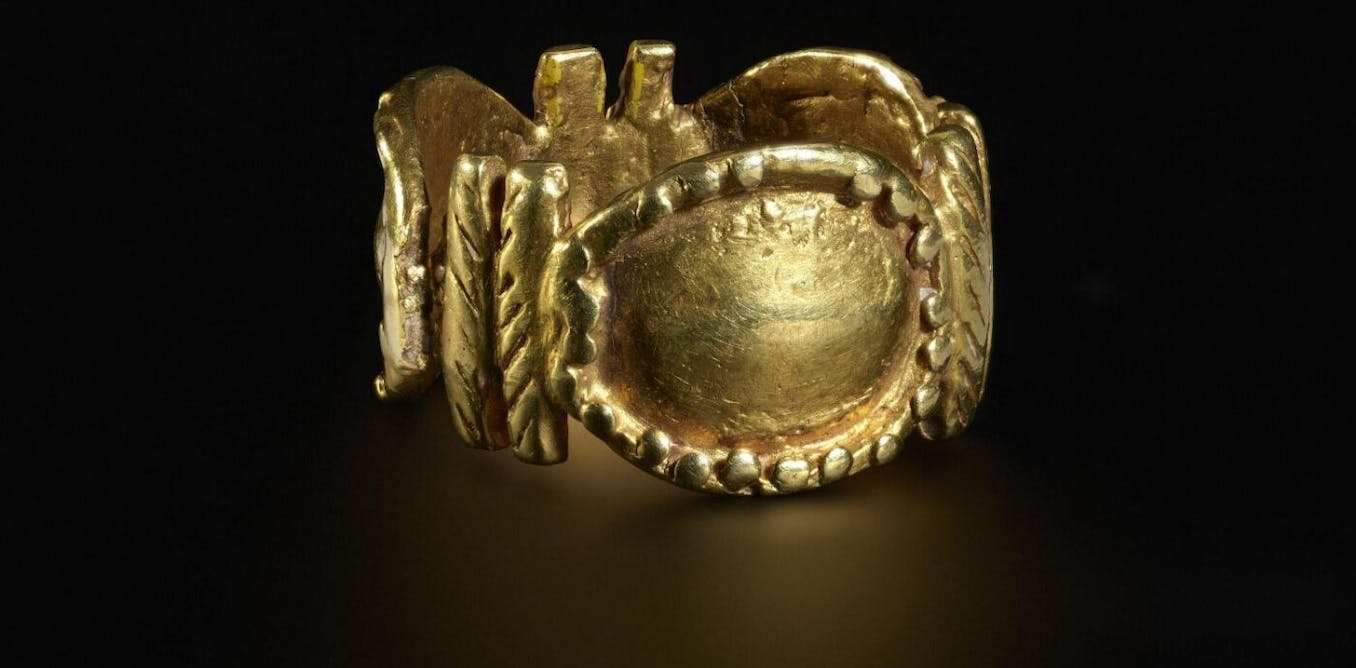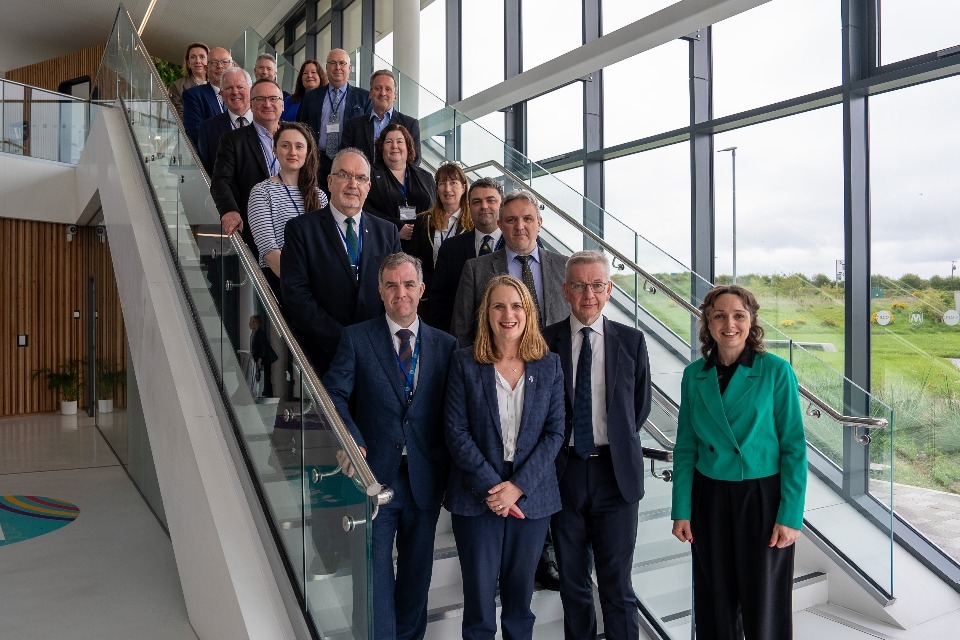After 150 years, 39 artefacts that form part of Asante’s royal regalia are due to return to the Asantehene (ruler of the Asante people) in Kumasi, Ghana, in February and April this year. The Asante empire was the largest and most powerful in the region in the 18th century and controlled an area that was rich in gold. Many of the gold royal artefacts were looted by British troops during the third Anglo-Asante war of 1874 (Sagrenti War).
The first collection of seven objects is expected from the Fowler Museum at the University of California in Los Angeles. The second collection of 32 will arrive from the British Museum and the Victoria & Albert Museum in the UK. These artefacts are being loaned to the Asante people for six years. Archaeologist and Ghana heritage specialist Rachel Ama Asaa Engmann spoke to the Asantehene’s technical advisor for the project, historian and museum economist Ivor Agyeman-Duah, about the journey to return the items and its implications for cultural restitution, repatriation and the decolonisation of museums.
What are these objects and how did they leave Asante?
They were royal regalia that was looted during in 1874 from the palace in Kumasi after the sacking of the city by British colonial military troops. There was another a punitive expedition in 1896 which led to further looting. They included ceremonial swords and ceremonial cups, some of them very important in terms of a palace’s measurement of royalty. For instance, the Mponponsuo sword, created 300 years ago, dates back to the legendary Okomfo (spiritual leader) linked with the founding of the empire, Okomfo Anokye. This sword is what the Asantehene used to swear the oath of allegiance to his people. Chiefs used the same sword to swear their oaths to the Asantehene.
Some of the items were sold at auction on the open market in London; art collectors bought them and eventually donated some of them to museums (some were kept in private collections). The British Museum and the Victoria & Albert Museum also bought some of them.
However, not every item you see at the British Museum was looted. For instance, there were cultural exchanges between the Asantehene Osei Bonsu and T.E. Bowdich, an emissary of the African Company of Merchants who travelled to Kumasi in 1817 to negotiate trade. Some gifts were given to Bowdich, who deposited them at the British Museum later on. There were 14 of these items.
How was the agreement reached?
The issue has been on the drawing board for half a century. It’s not just an immediate concern of the current Asantehene. It has been a concern of the last three occupants of the stool (throne). But this year is critical because it marks 150 years since the Sagrenti War. It also marks 100 years since the return of the Asantehene Agyeman Prempeh after his exile in Seychelles and 25 years since the current Asantehene, Oseu Tutu II, ascended the stool.
So, while in London in May 2023, after having official discussions with directors of these museums, he reopened discussions and negotiations. He asked me and Malcolm McLeod, former curator and scholar at the British Museum
and vice-principal at the University of Glasgow, to help in the technical decisions that would be made. We’ve been working on this for the past nine months.
Why is it a six year loan and not an outright return?
The moral right to ownership does exist. But there are also the laws of antiquity in the UK. The Victoria & Albert and the British Museum are national museums. They are governed by very strict laws which do not permit de-accessioning or permanently removing a work of art or other object from a museum’s collection to sell it or otherwise dispose of it.
That had always been the constraining factor over the last 50 years. But there was also a way that we could have these items for a maximum of six years. Not all the objects are being exhibited at the British Museum. Many have never been exhibited and lie in storage in a warehouse.
Based on the circumstances and the trinity of anniversaries, we came to an agreement. Discussions will however continue between us and these museums to find a lasting agreement.
Of course, the Ghana experience will be important for restitution claims from other countries in Africa.
What does this mean to the Asante people – and Ghana?
The fact that over the last couple of months we were able to reach some form of agreement for this to happen is testimony of the interest in multicultural agreements.
Any set of objects that is 150 years old (or older) will be of interest to many people. Such artefacts help us to connect the past with the present. They are significant for how our people were, in terms of creativity and technology, how they were able to use gold and other artistic properties. They are also something that will inspire those who are in the craft of gold production today.
Manhiya Palace Museum reopens this year in April. The exhibition of these objects is going to increase visitor attendance at the museum. It receives about 80,000 visitors a year and we estimate that it could rise to 200,000 a year with the return of these objects. This will generate revenue and allow us to expand and develop our own museums.



